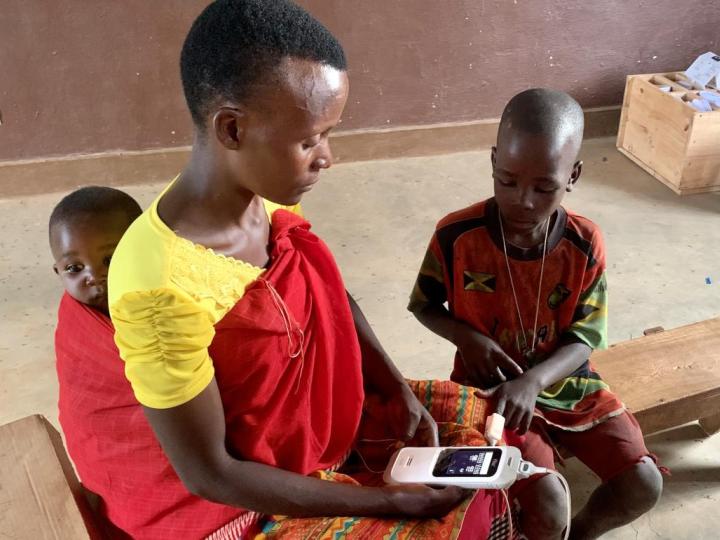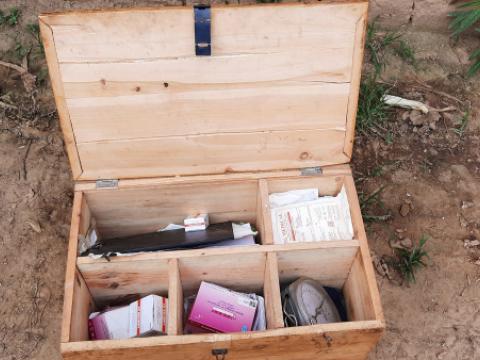
Utilizing an innovative pulse oximeter to better diagnose sick children in Burundi
AN Innovative Pulse Oximeter to better diagnose Childhood Illnesses in Burundi (June 2021 – June 2022)
To improve early identification and referral of sick children in low-resourced and fragile settings, WV Burundi and WVI evaluated the accuracy, feasibility, and acceptability of a rugged, portable, handheld device called the Rad-G Pulse Oximeter to measure oxygen saturation and pulse. This innovative device can aid Ministry of Health community health workers in Burundi in correctly diagnosing sick children with pneumonia.
Funding: WV US Accelerator Fund and WV Germany/European Union

